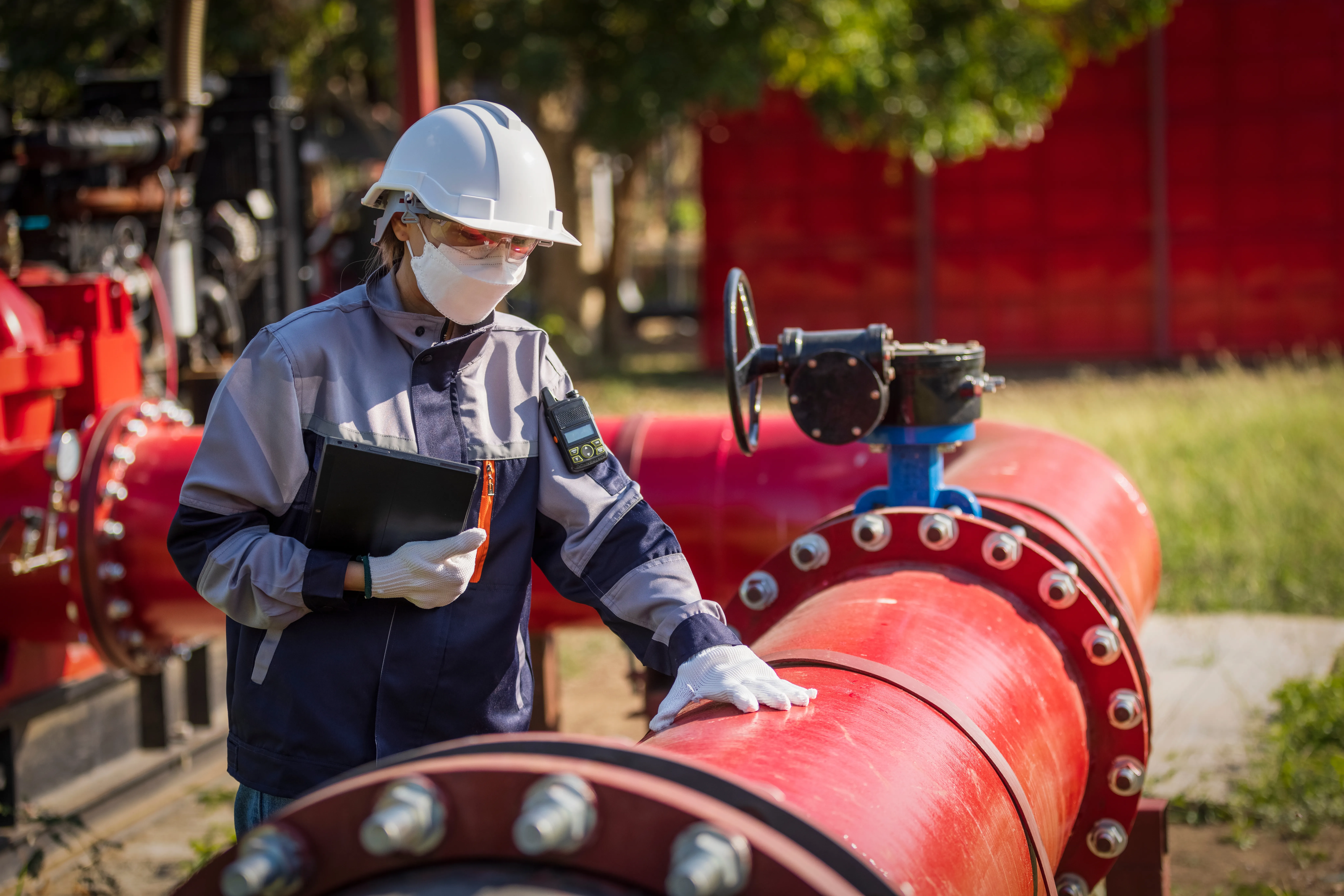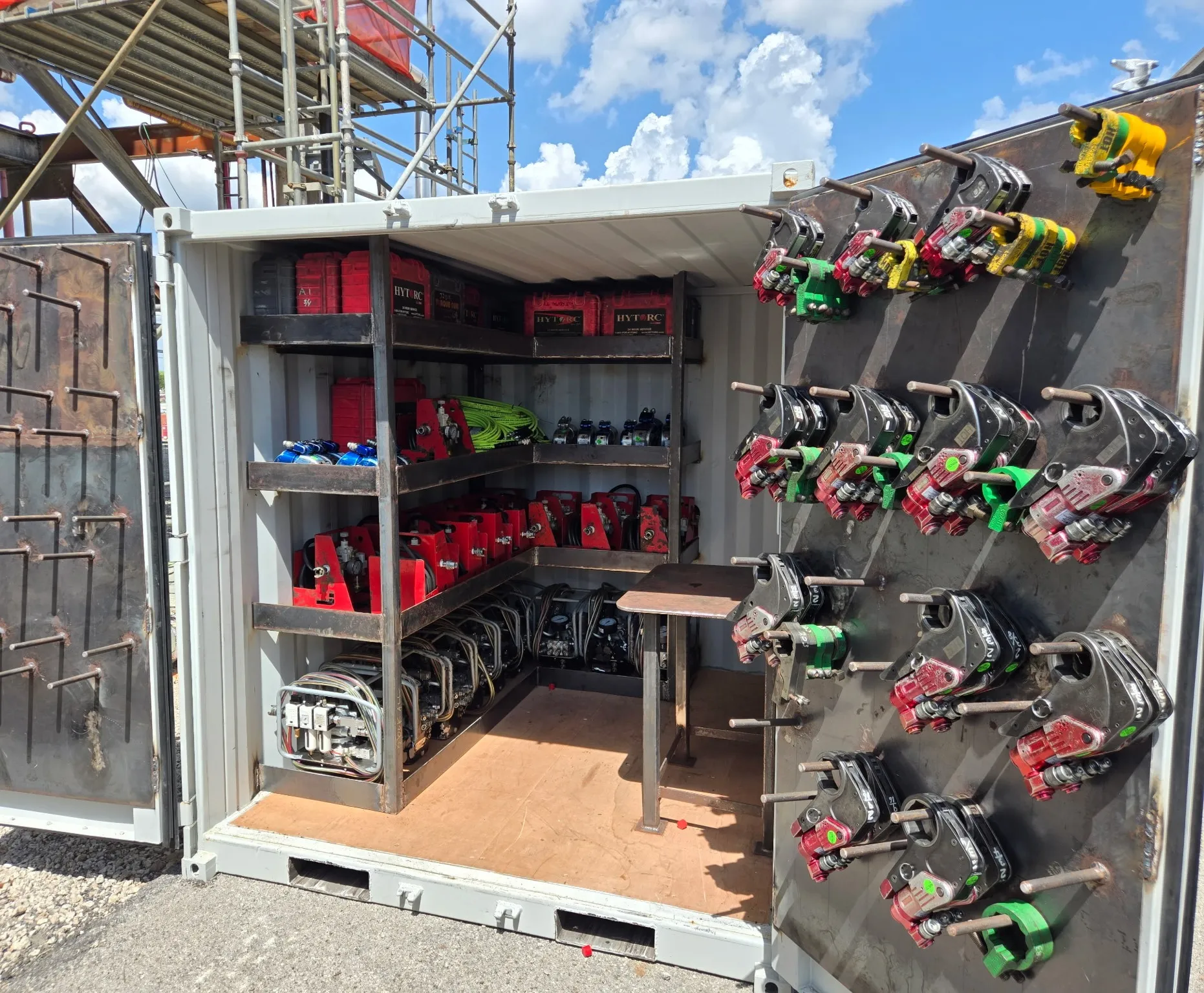Protect the Ocean with These Precision Bolting Tips
The ocean is one of our most precious resources, essential for regulating the climate, supporting diverse ecosystems, and providing a living for millions of people. As industrial activities in marine environments increase, particularly in sectors like offshore oil, gas, and renewable energy, it becomes even more crucial to ensure that operations are safe, efficient, and environmentally responsible. One often overlooked yet vital factor in this equation is bolting.
In subsea and offshore operations, precise bolting can prevent equipment failures that might result in catastrophic leaks, environmental damage, and costly repairs. Here are a few essential bolting tips to help ensure your offshore operations minimally impact the ocean while maintaining optimal performance. The ocean needs our protection — and precision bolting is a critical part of that mission.
1. Use the Right Tools for the Job
Offshore and subsea bolting applications require specific tools designed to withstand harsh marine environments. Corrosion resistance, high-pressure tolerance, and ease of use in tight spaces are essential qualities in any bolting tool used in this setting. Choosing the right tool is critical not only for operational efficiency but also for protecting the environment. The right ones reduce the chances of leaks and failures with accurate torque application and ensuring that each bolt is tightened to its specified load. HYTORC's STEALTH Tool and VECTOR MINI Pump are designed for these exact conditions, offering both power and precision.
2. Check Bolts for Corrosion Regularly
Marine environments are notorious for corrosion — saltwater, high humidity, and extreme pressure conditions can eat away at metals, weakening critical infrastructure. Regular inspection of bolts for signs of this should be a key part of any maintenance program. Corroded bolts are more likely to fail, leading to potential oil spills or structural collapses, both of which can cause severe environmental damage.
3. Ensure Proper Torque Application
Proper torque application is key to bolting success, especially in subsea operations. Over-tightening can cause bolts to snap or warp, while under-tightening can lead to loose fittings and eventually to leaks. Those scenarios can be detrimental, risking not only equipment failure but also environmental harm.
4. Prioritize Training and Certification
No matter how advanced the equipment, human error can still undermine the best tools if they aren't used properly. Those errors can have severe consequences for both the environment and the people working there. Training on safety protocols and emergency response measures can make a significant difference in protecting the ocean in the event of equipment malfunction. Time is of the essence in any offshore emergency, and a well-prepared crew can quickly address a problem before it escalates to something catastrophic. Being trained on proper bolting procedures are another key to preventing these kinds of accidents. Ensuring that your crew understands how to use equipment correctly can minimize the risk of failure or disaster caused by human error.
Precision bolting may seem like a small part of the overall picture in marine operations, but it plays a significant role in protecting the ocean. By using the right tools, ensuring proper torque application and having well trained personnel, you can reduce the risk of environmental damage while maintaining the efficiency and safety of your operations.
At HYTORC, we understand the importance of accuracy and reliability when bolting offshore and subsea. Our innovative and rugged torque tools, pumps, fasteners, and tensioners are the right ones to help you safeguard the ocean from potential hazards. Together, we can ensure a safer, greener future for our oceans.



